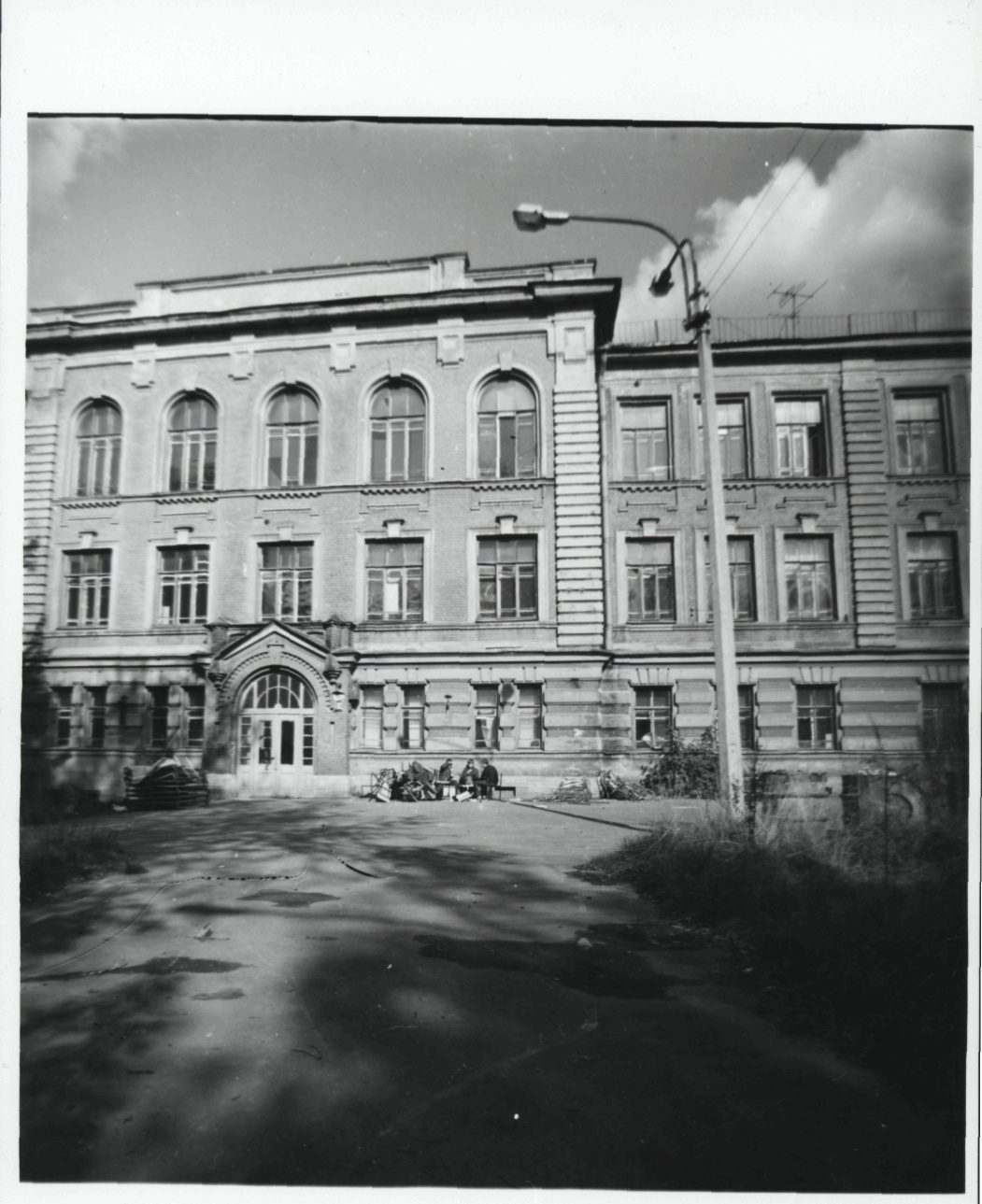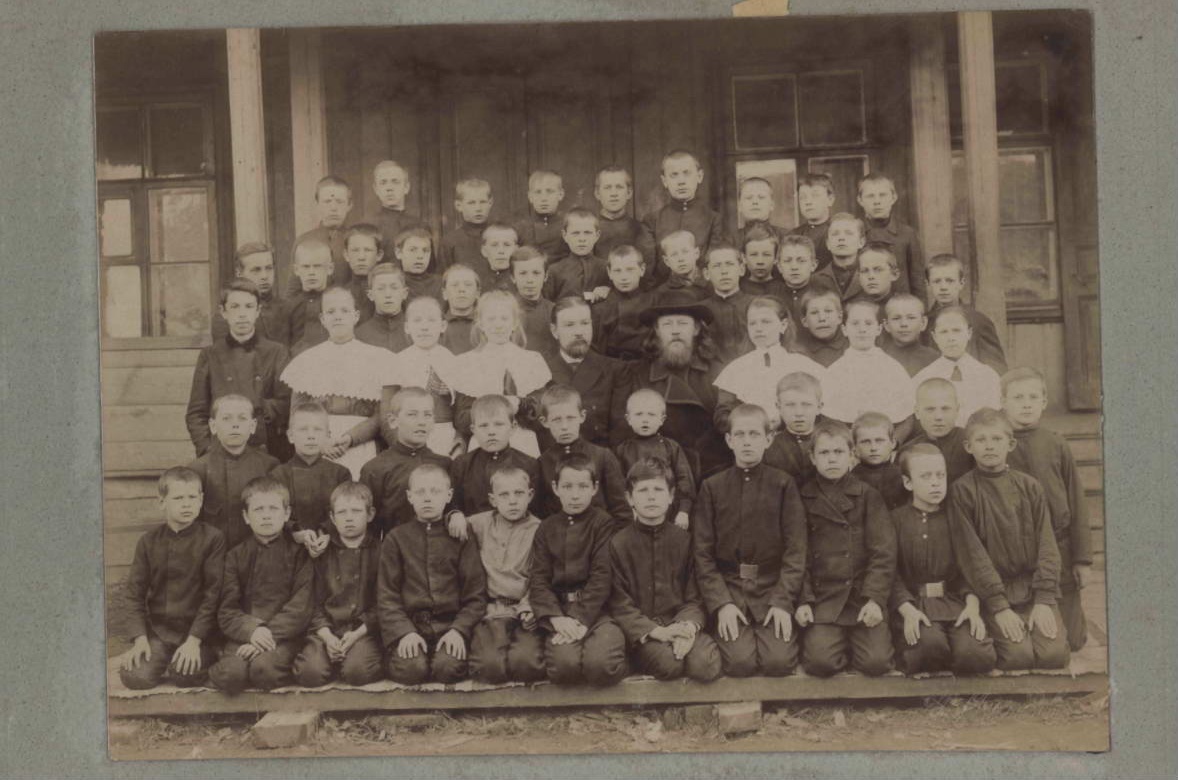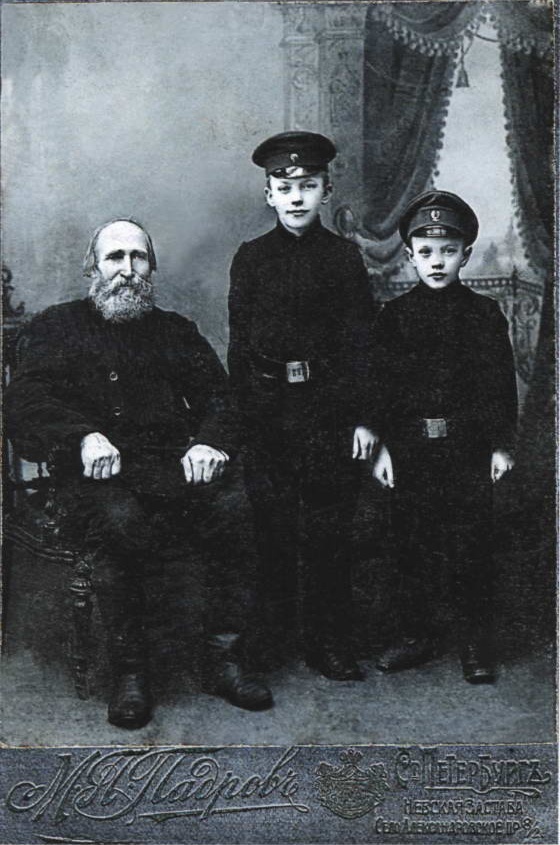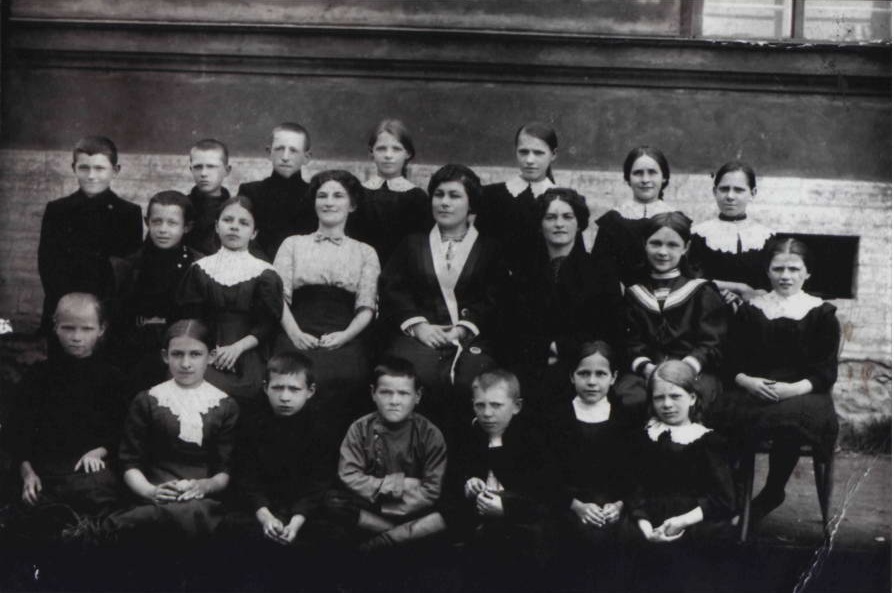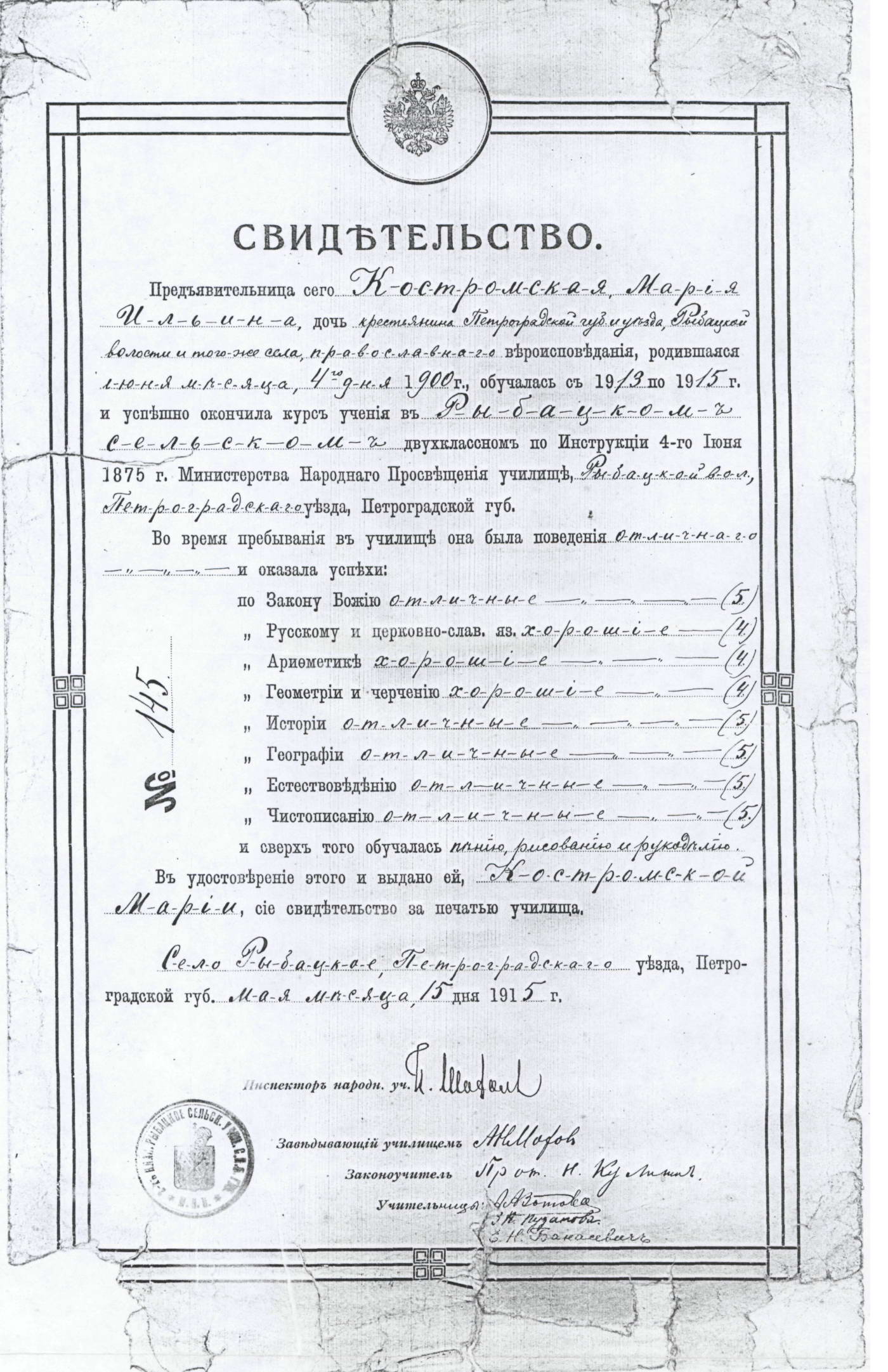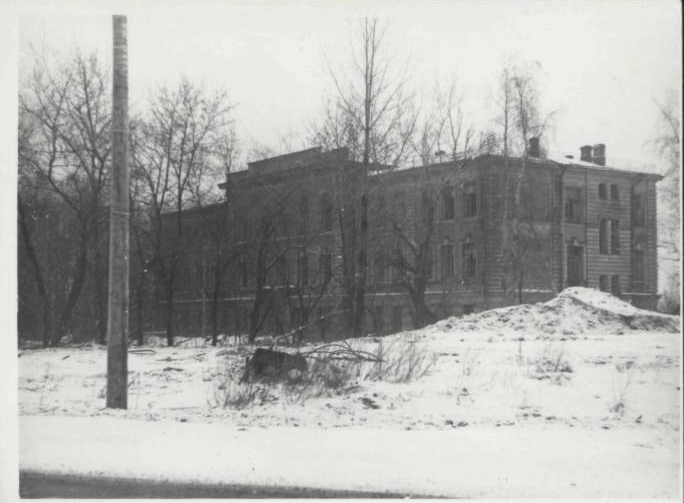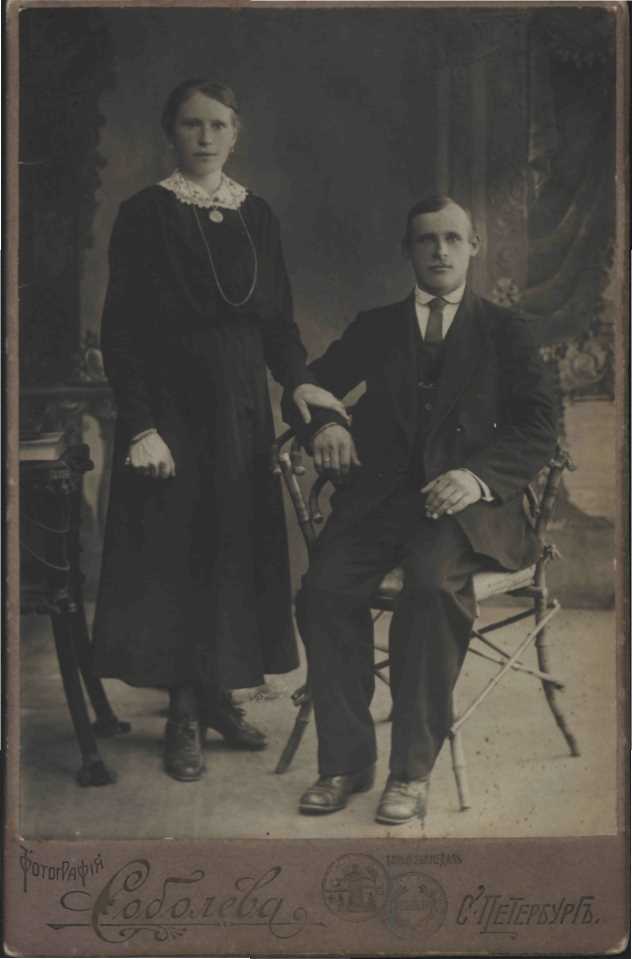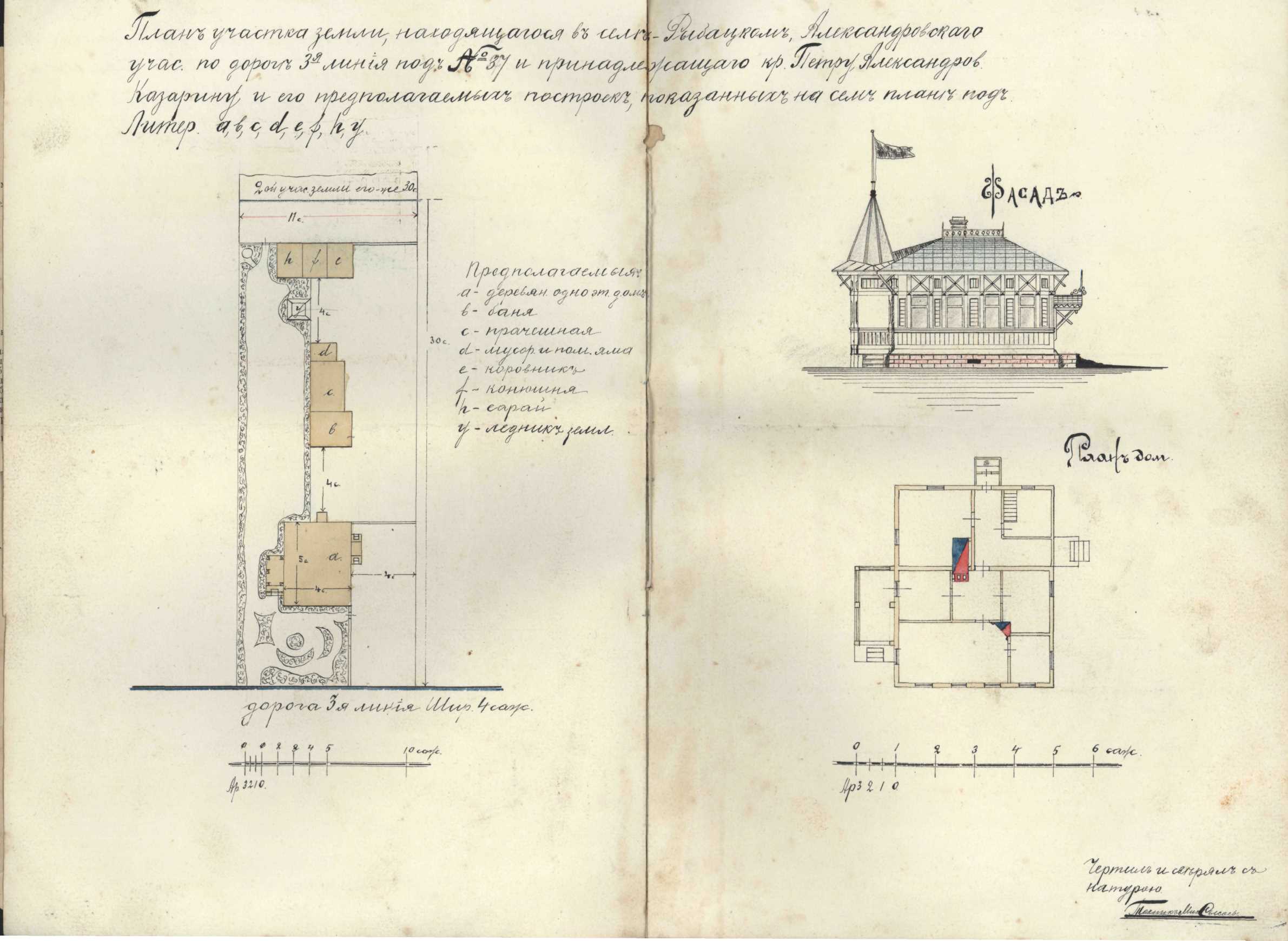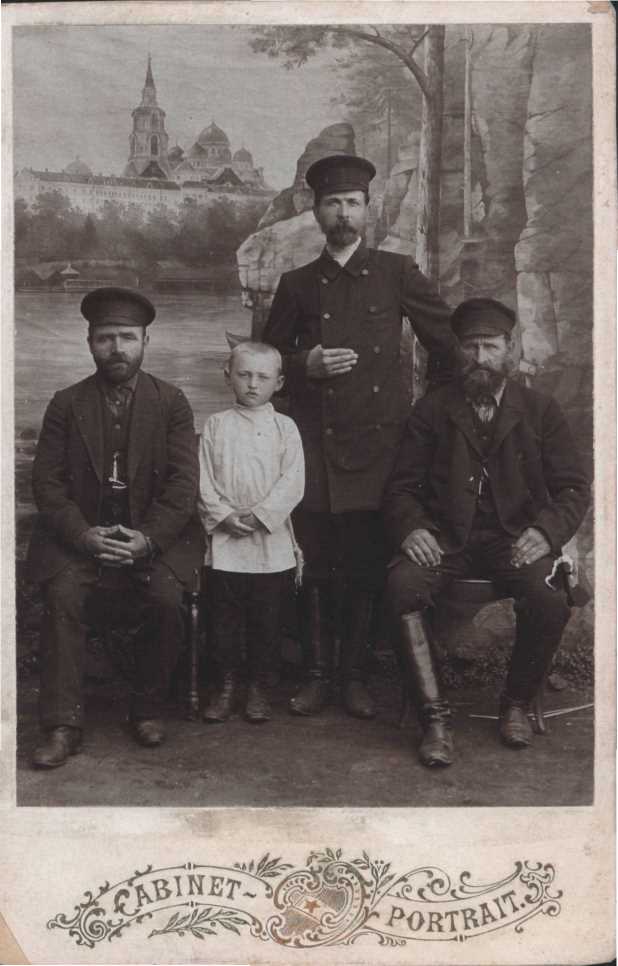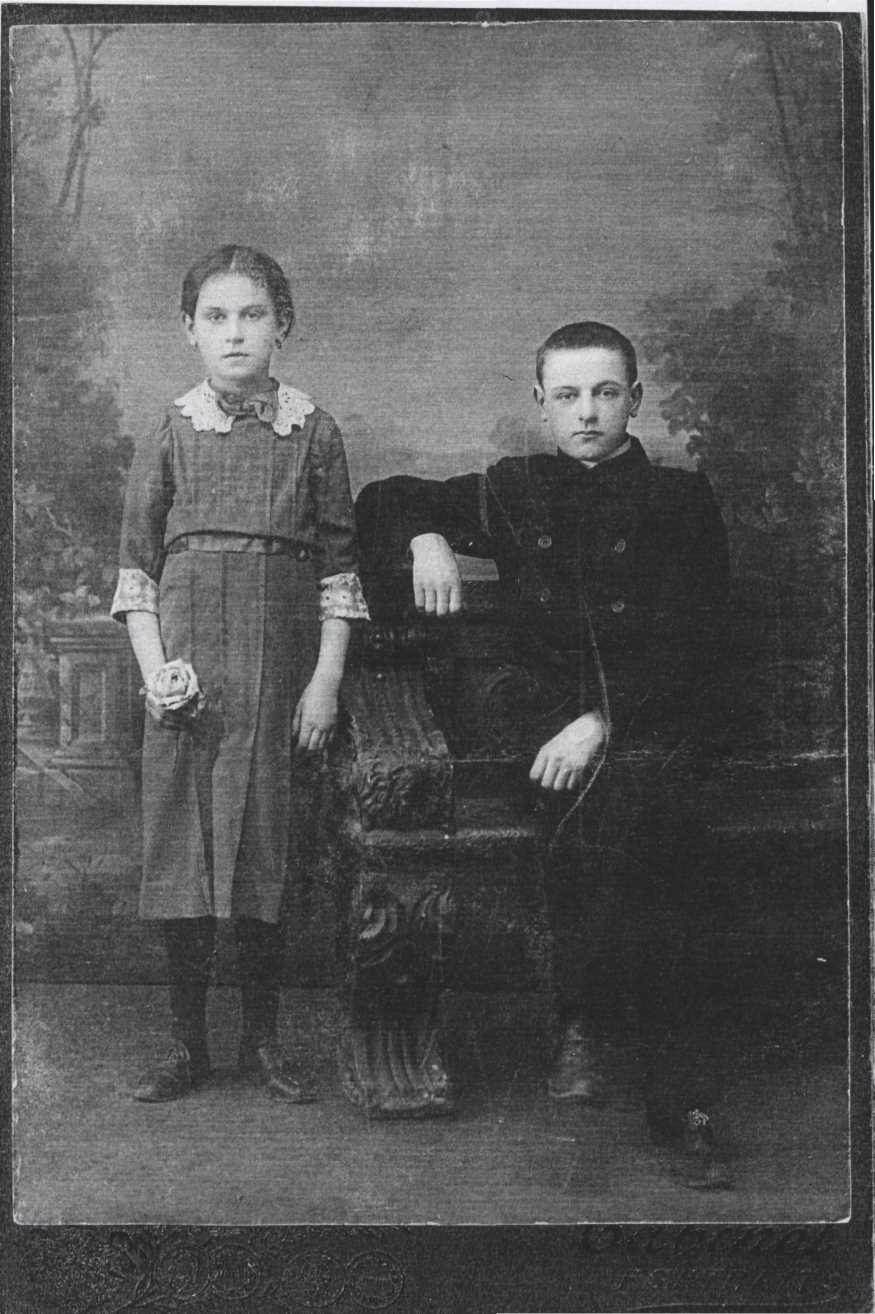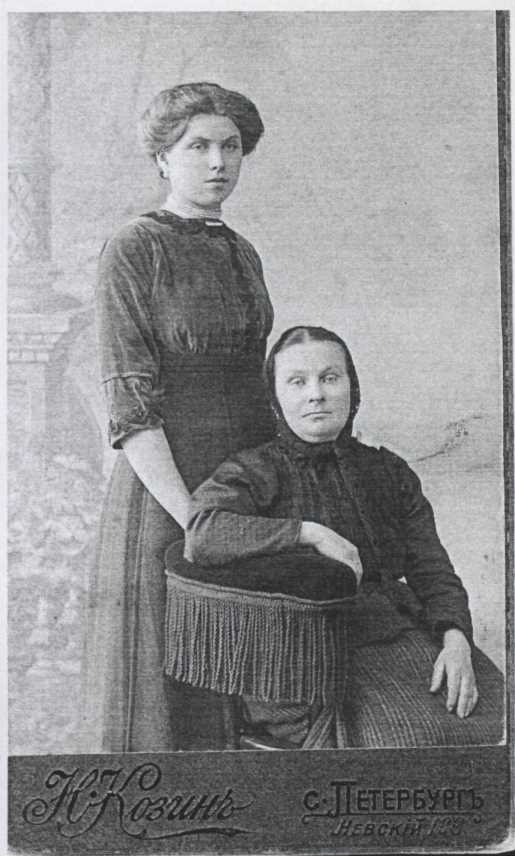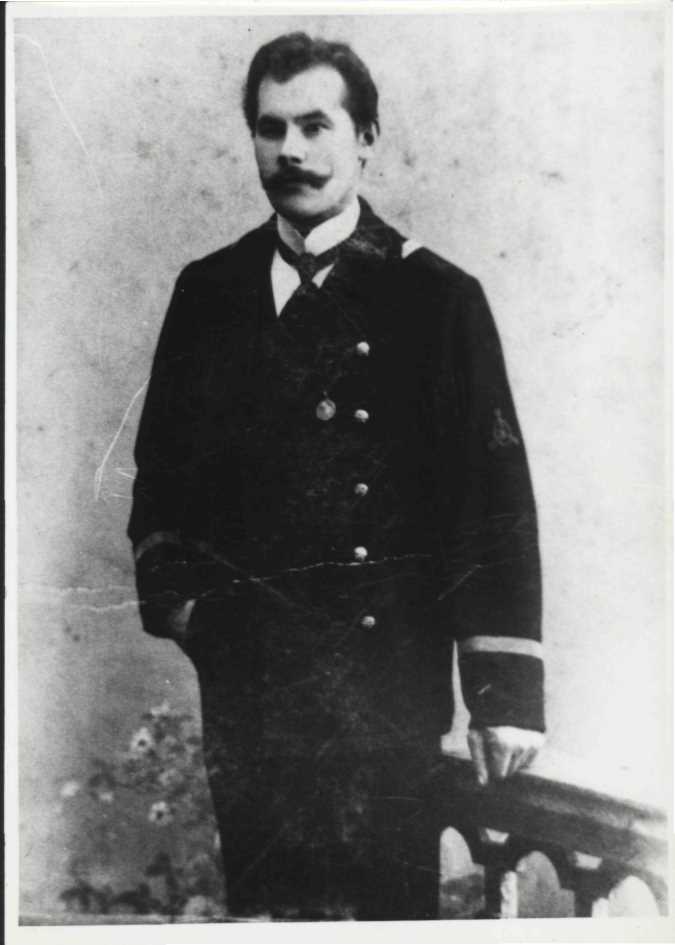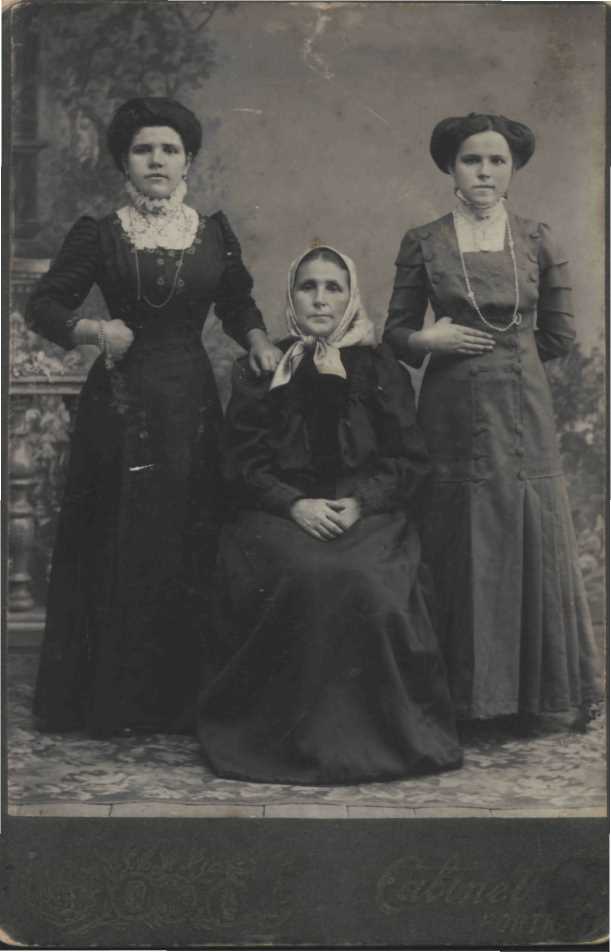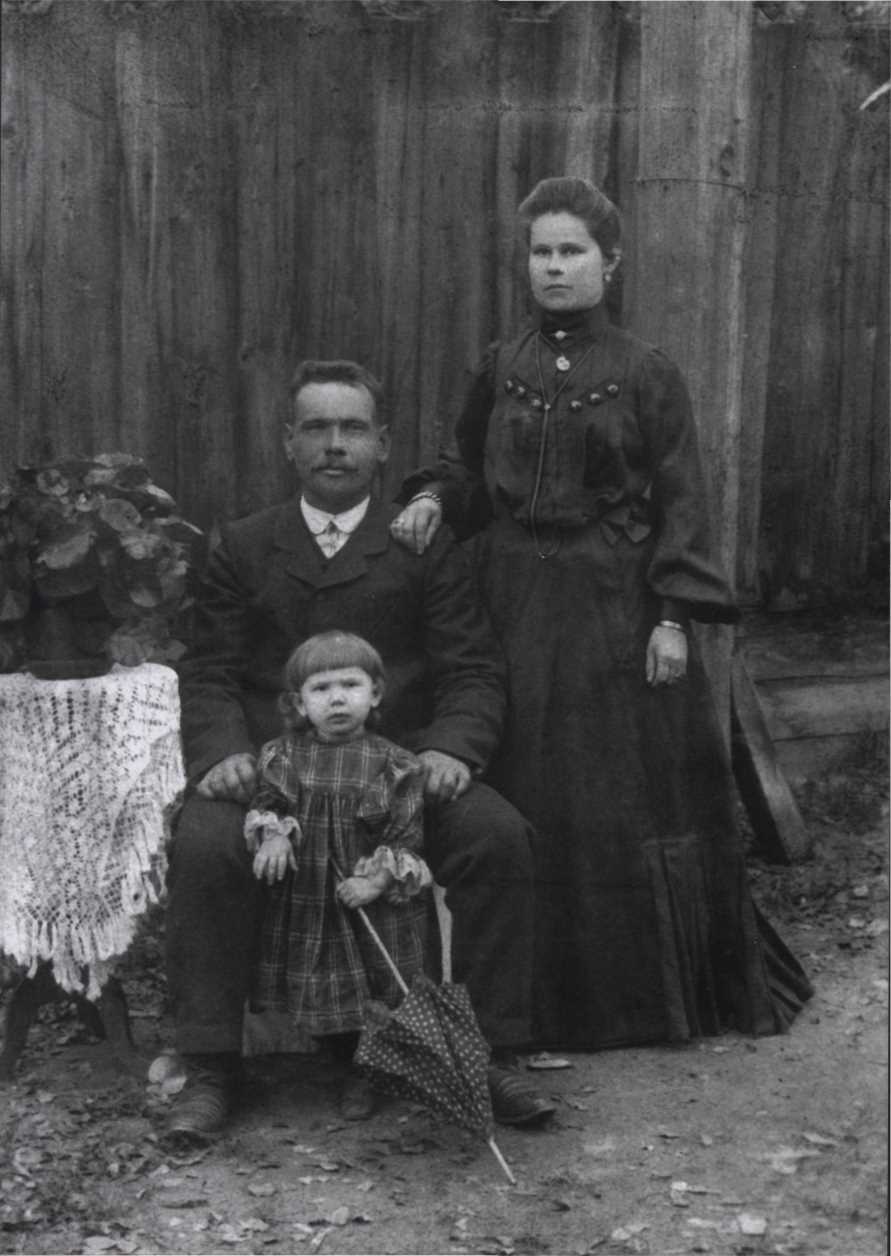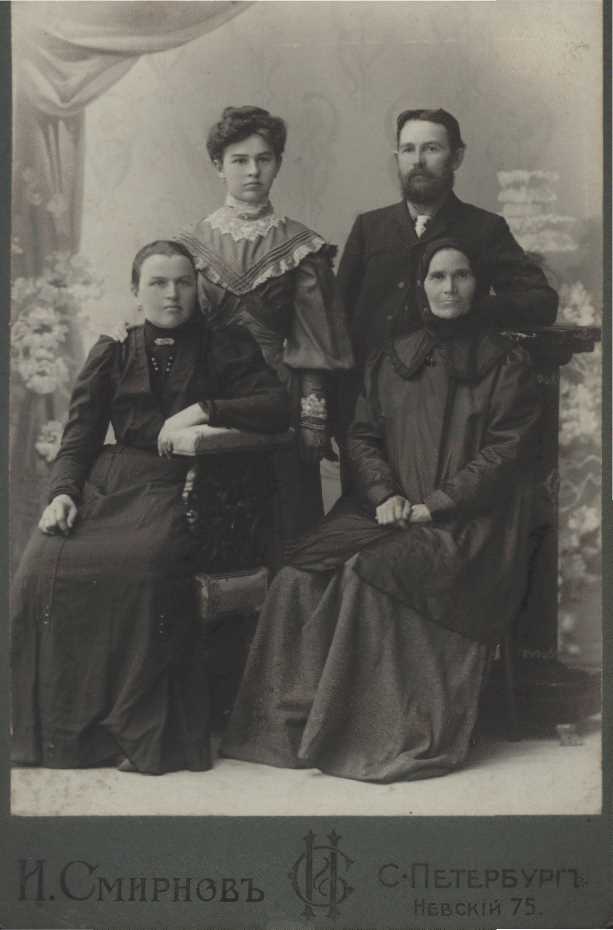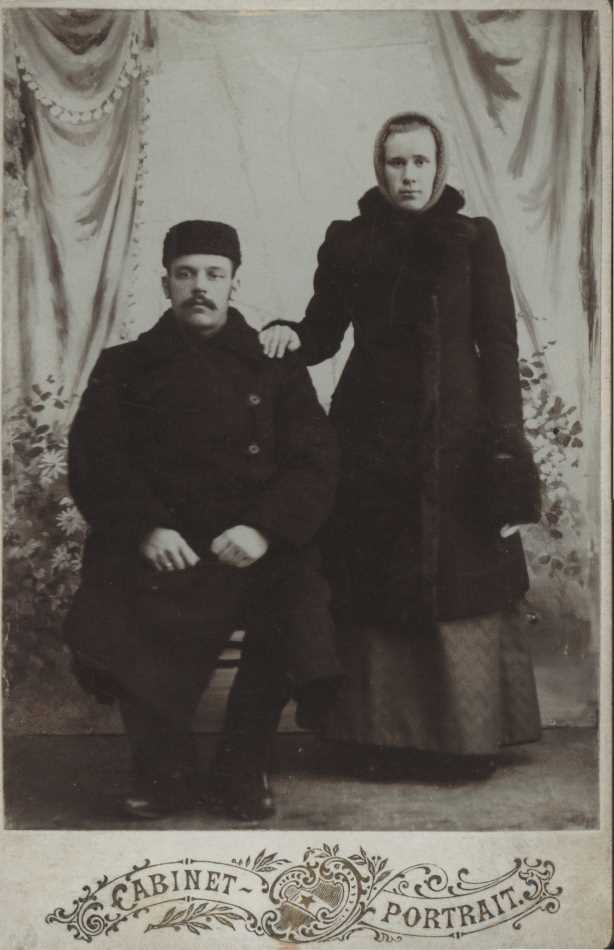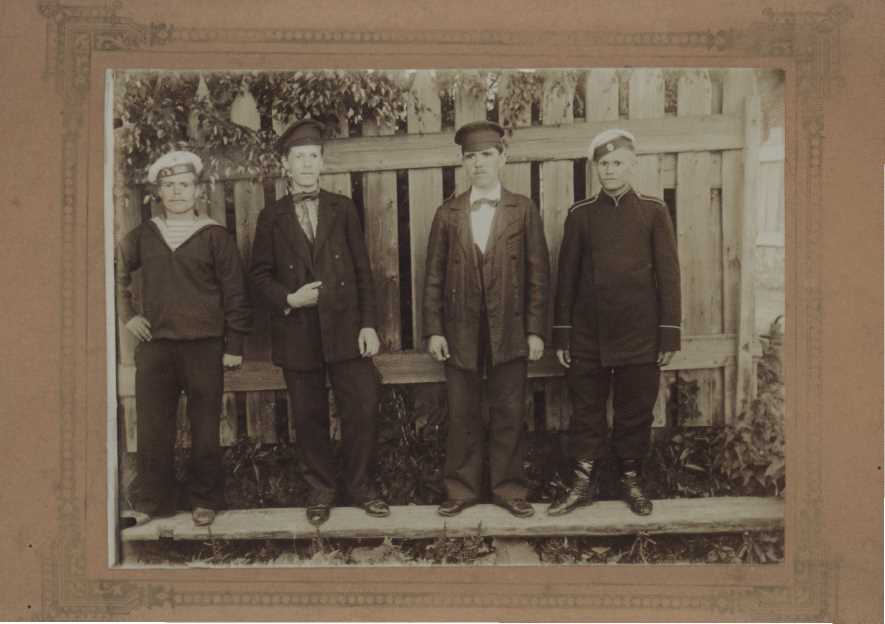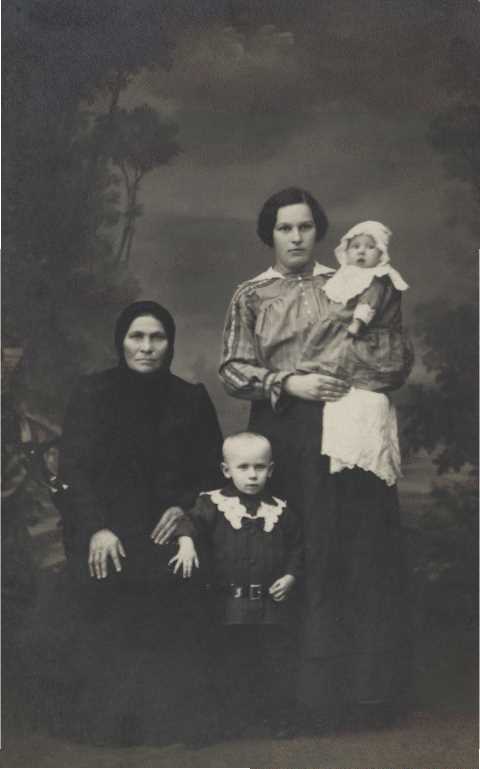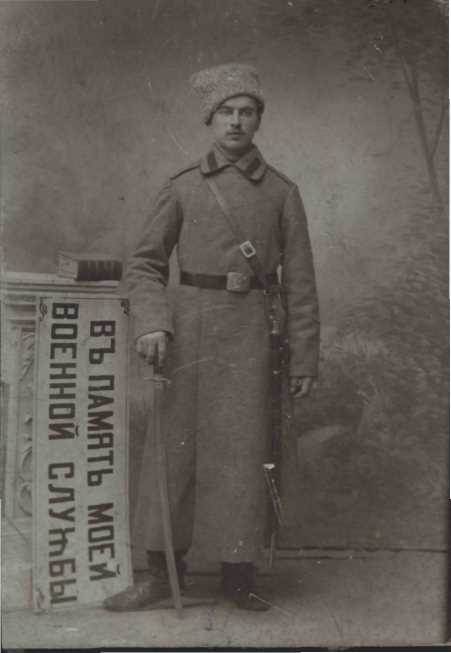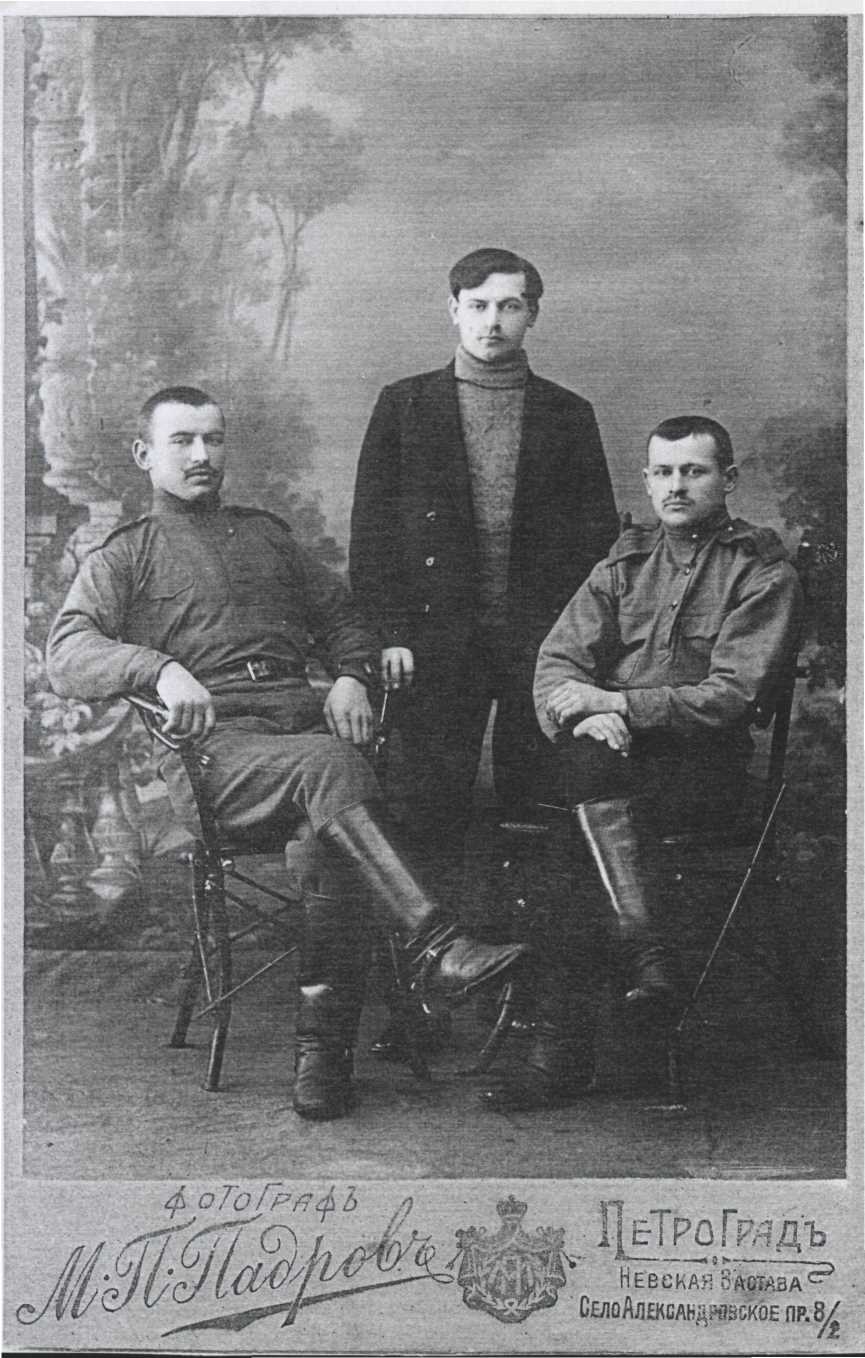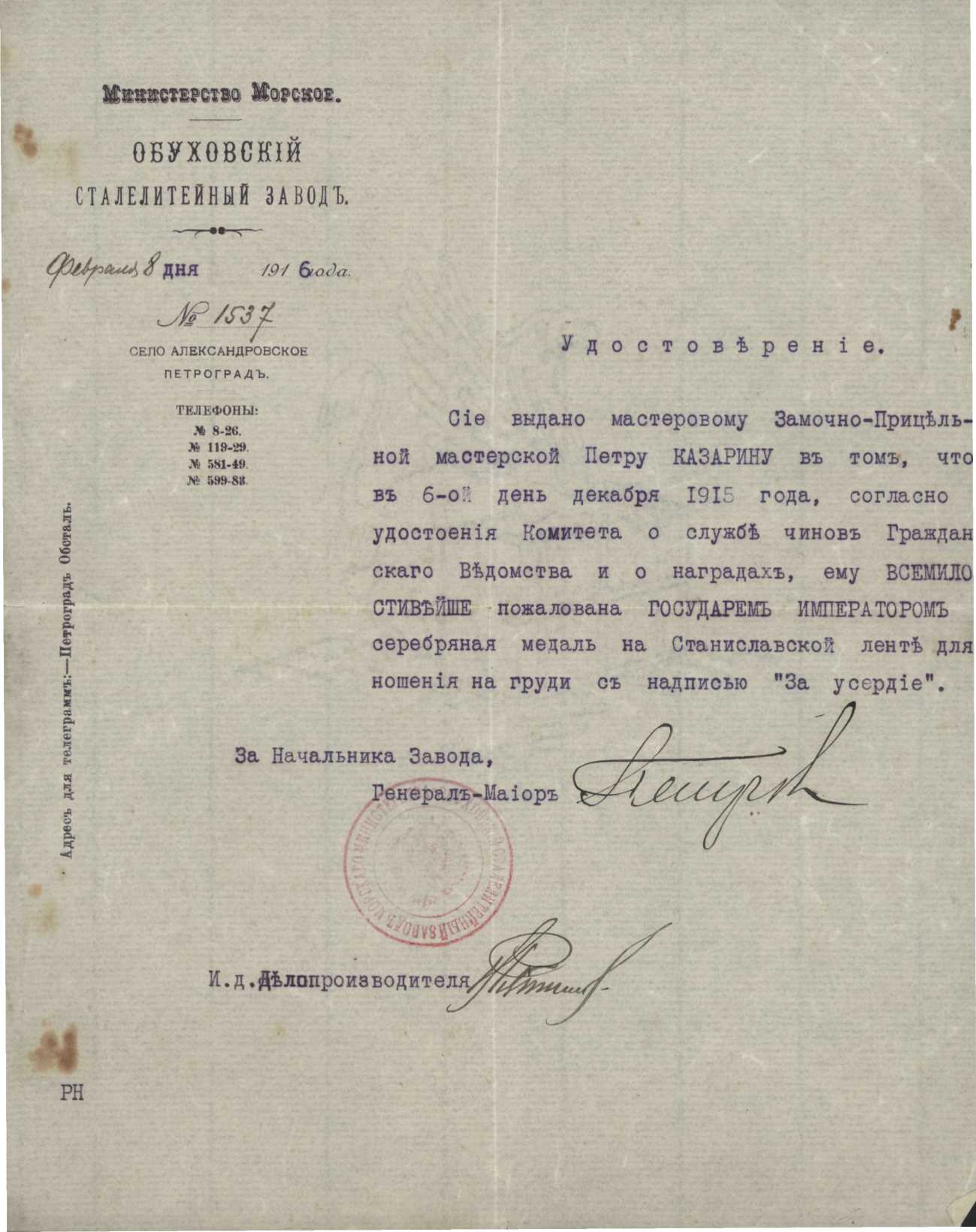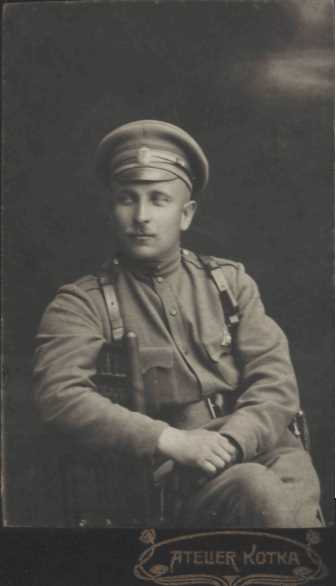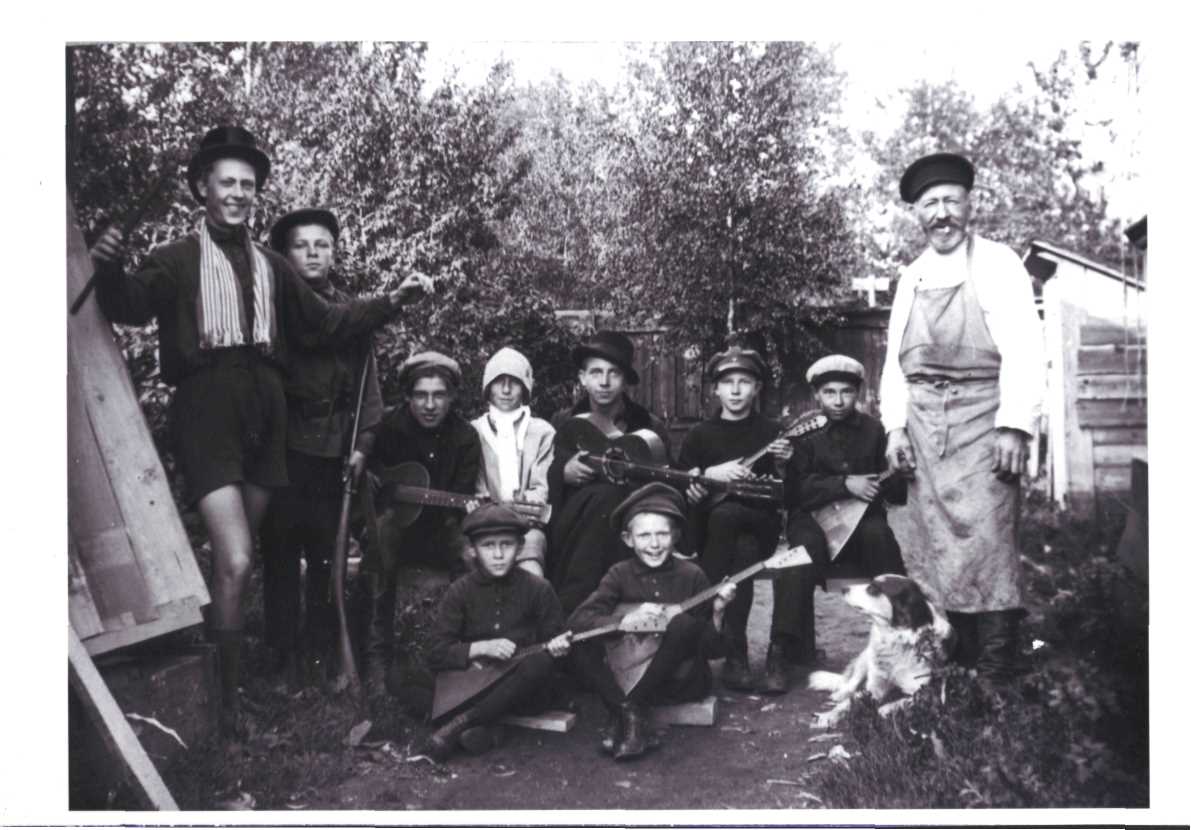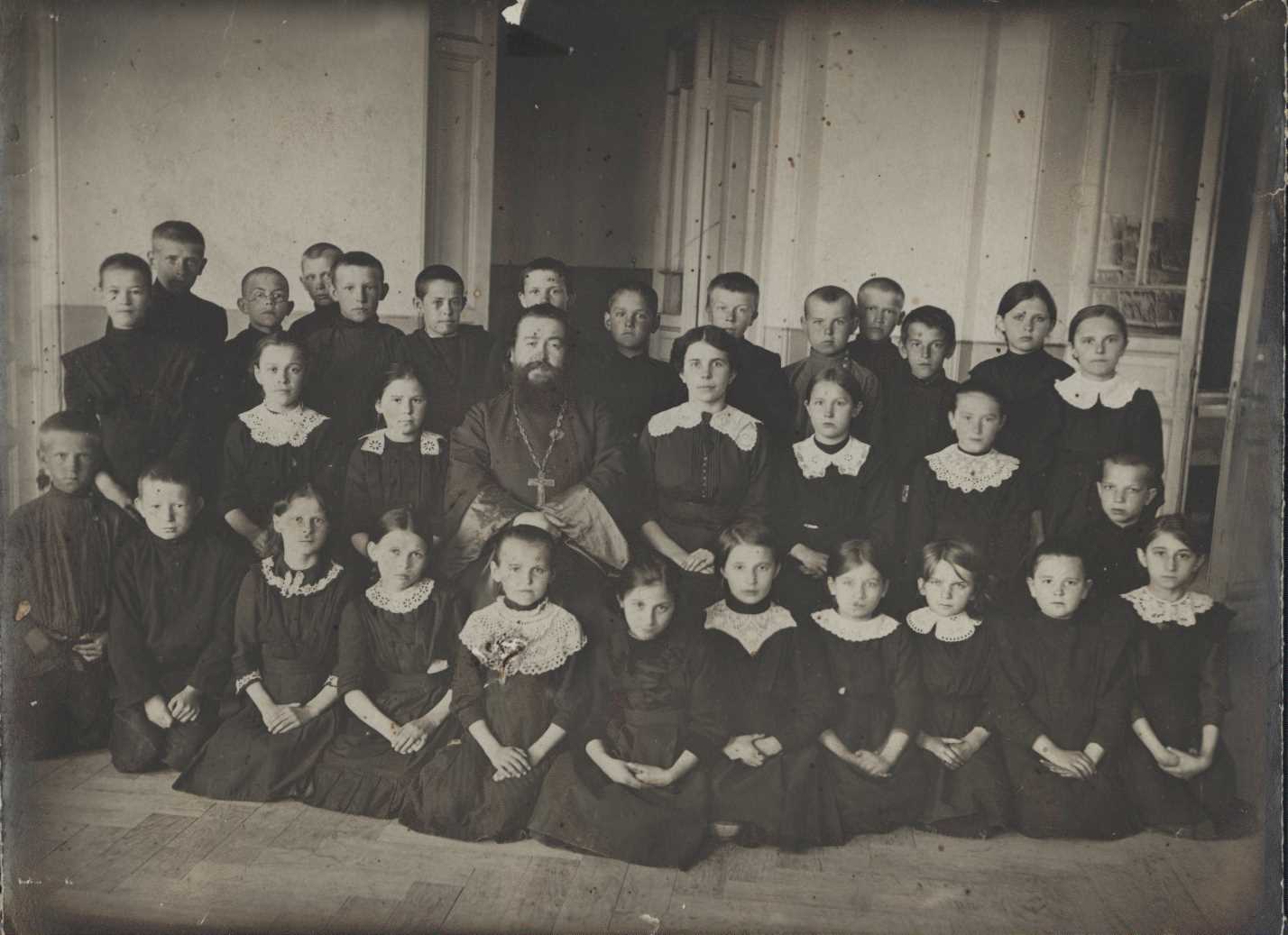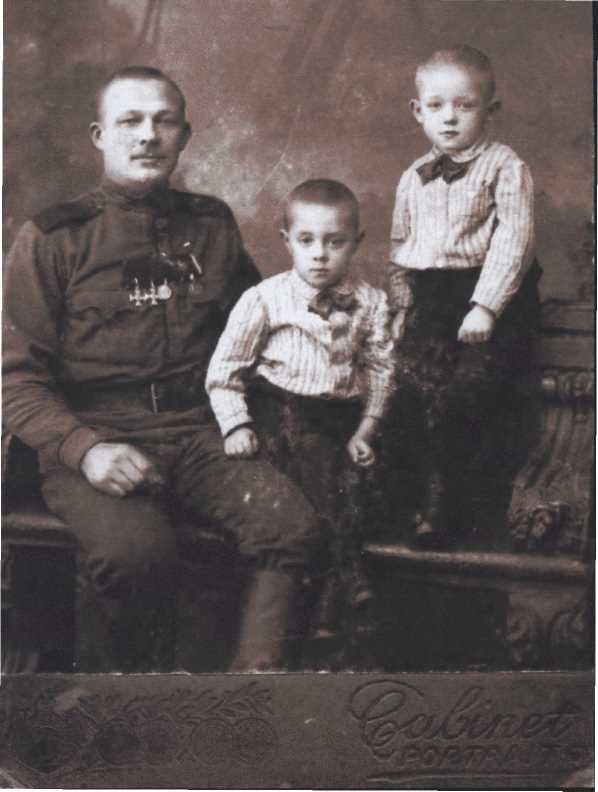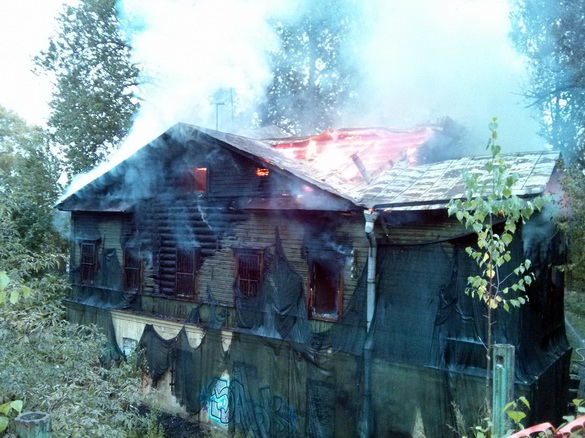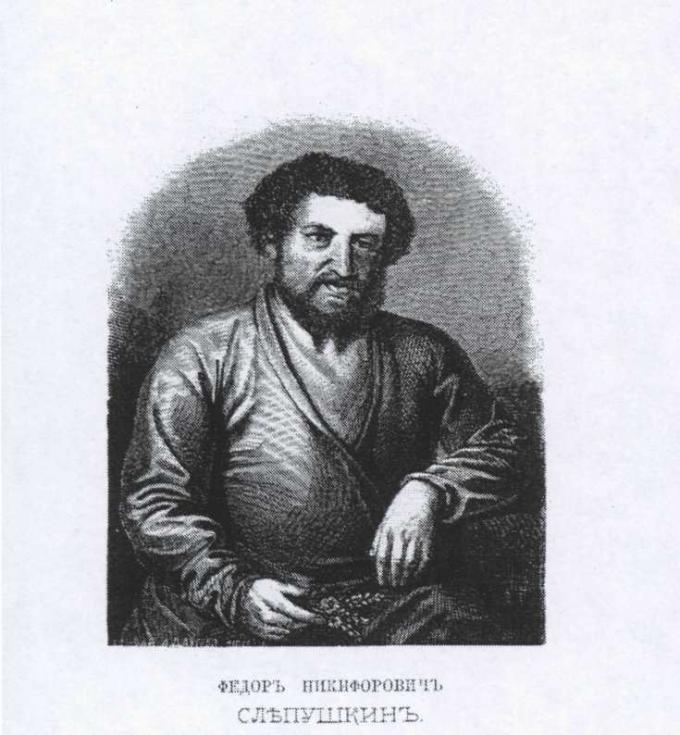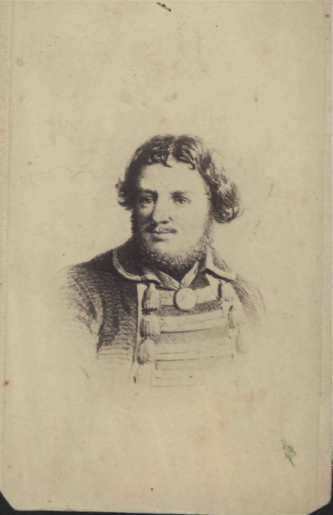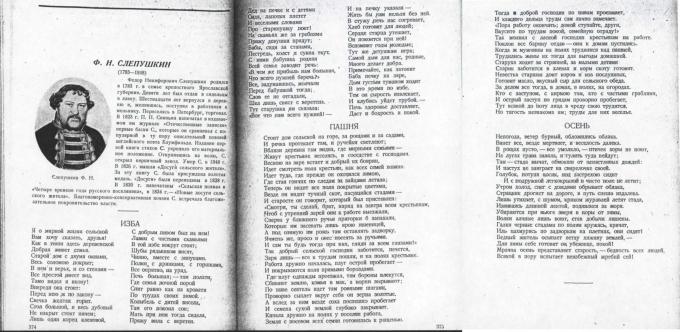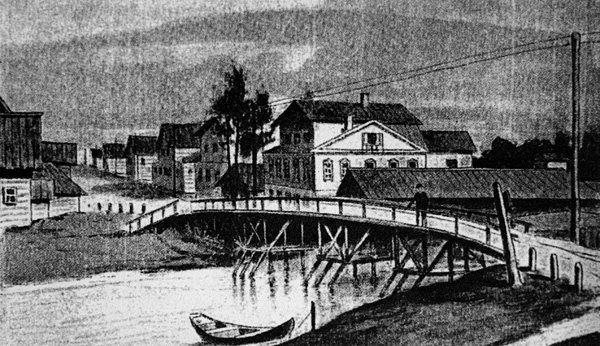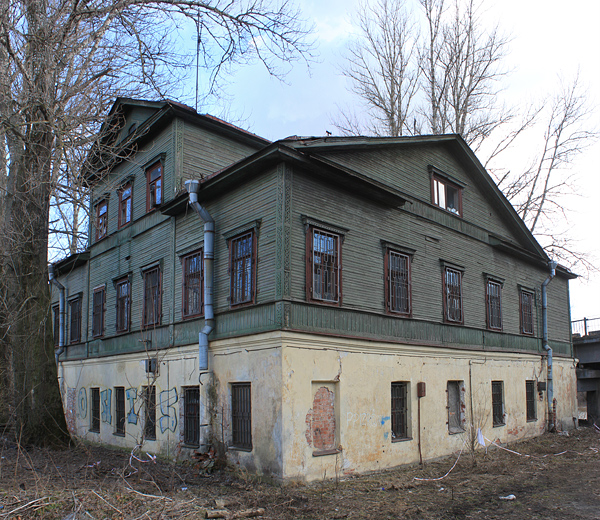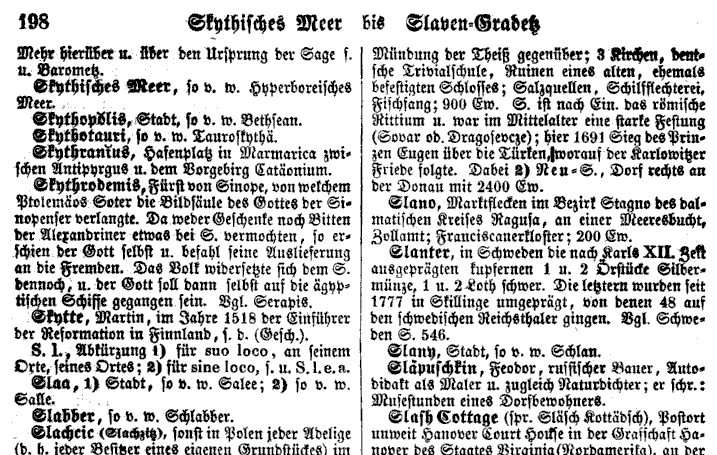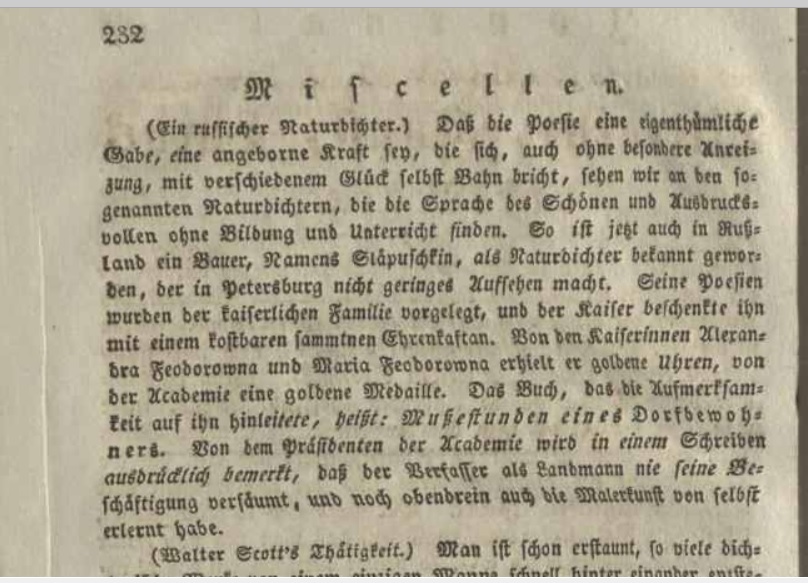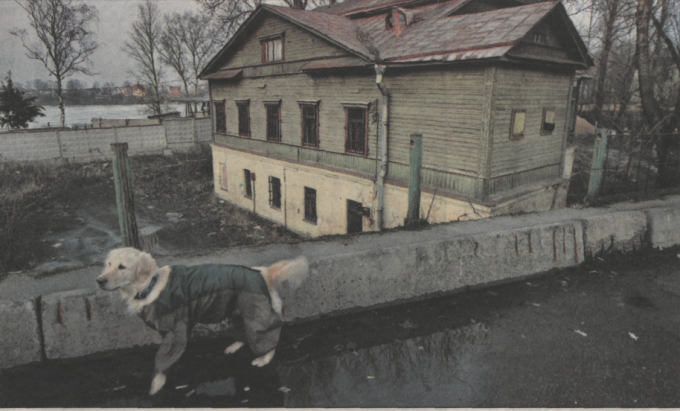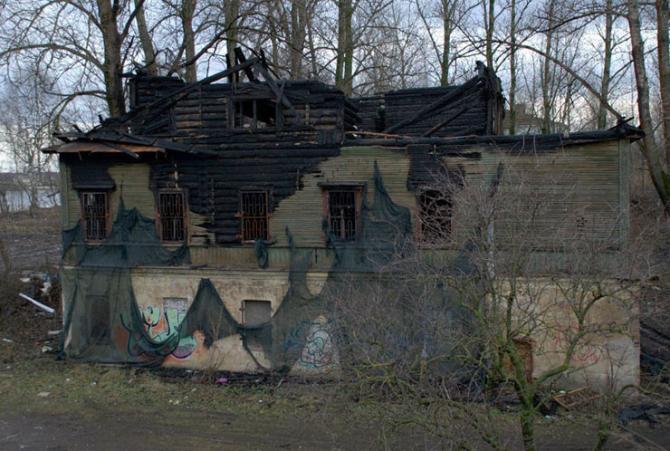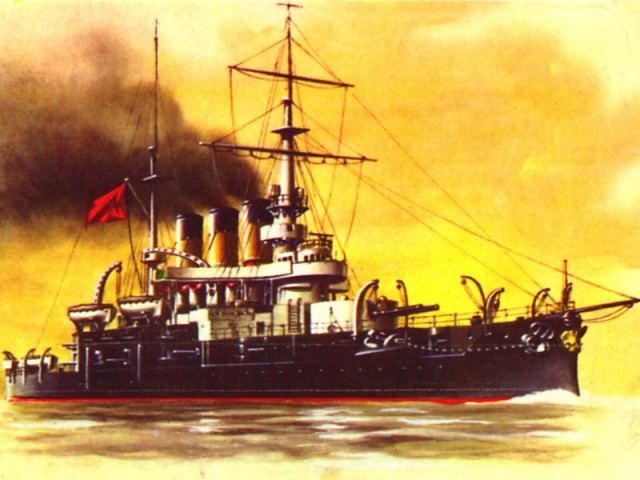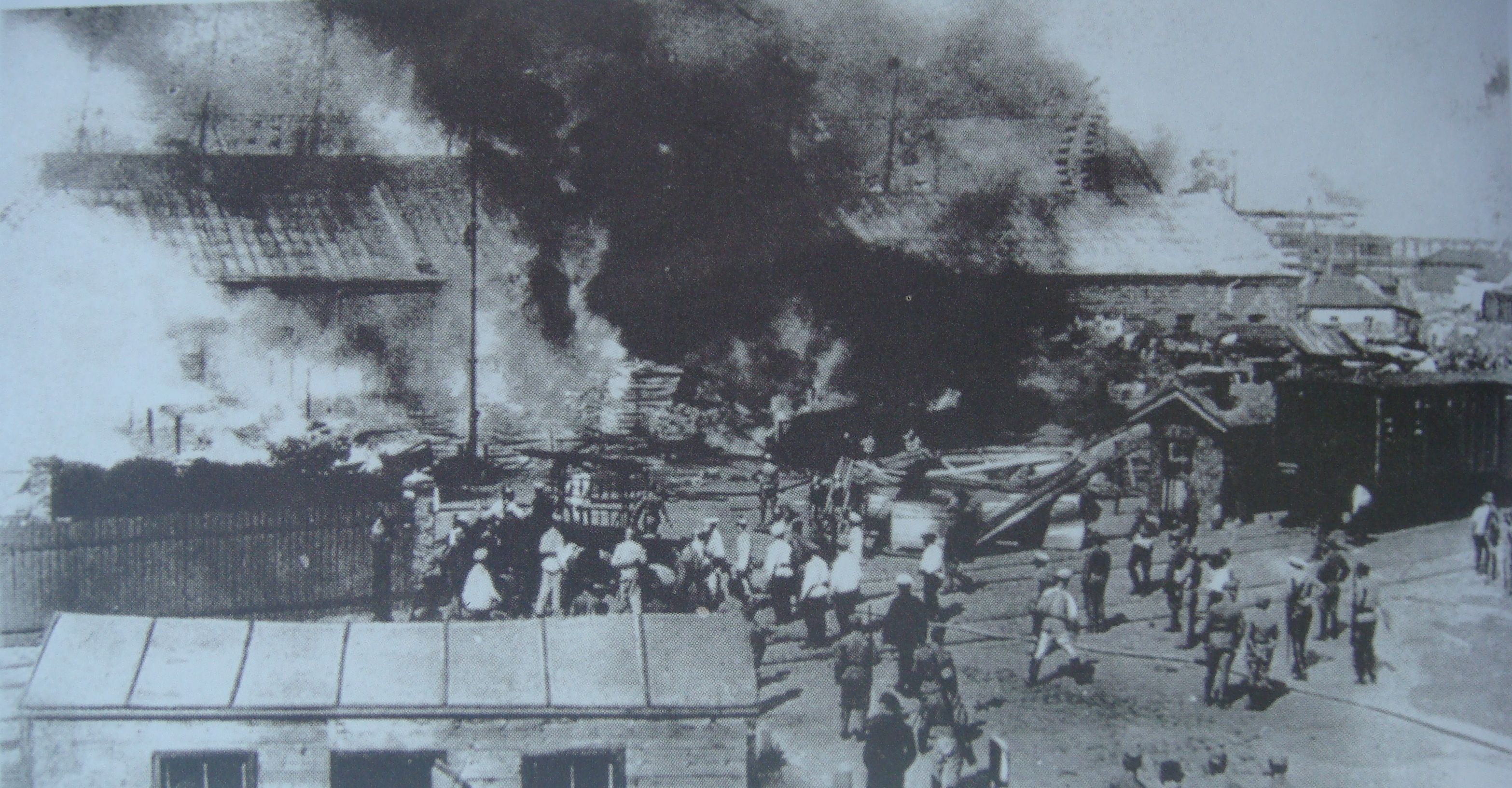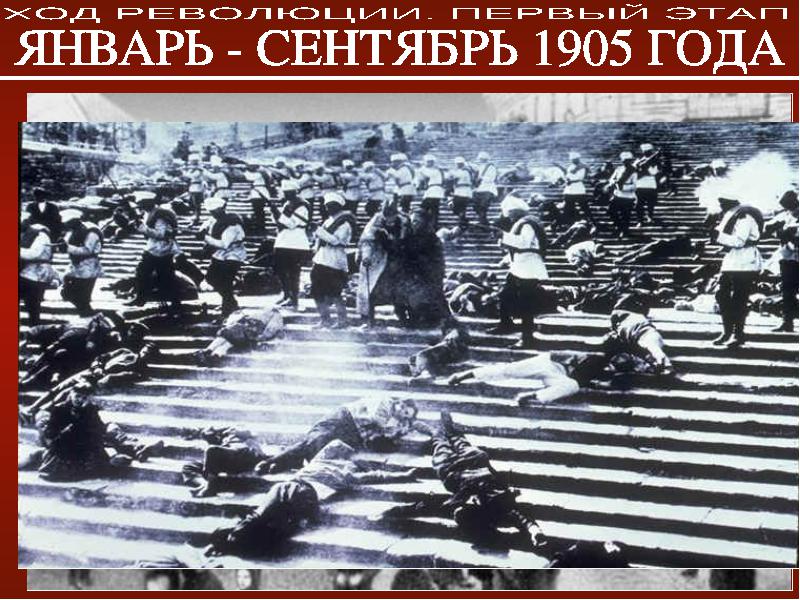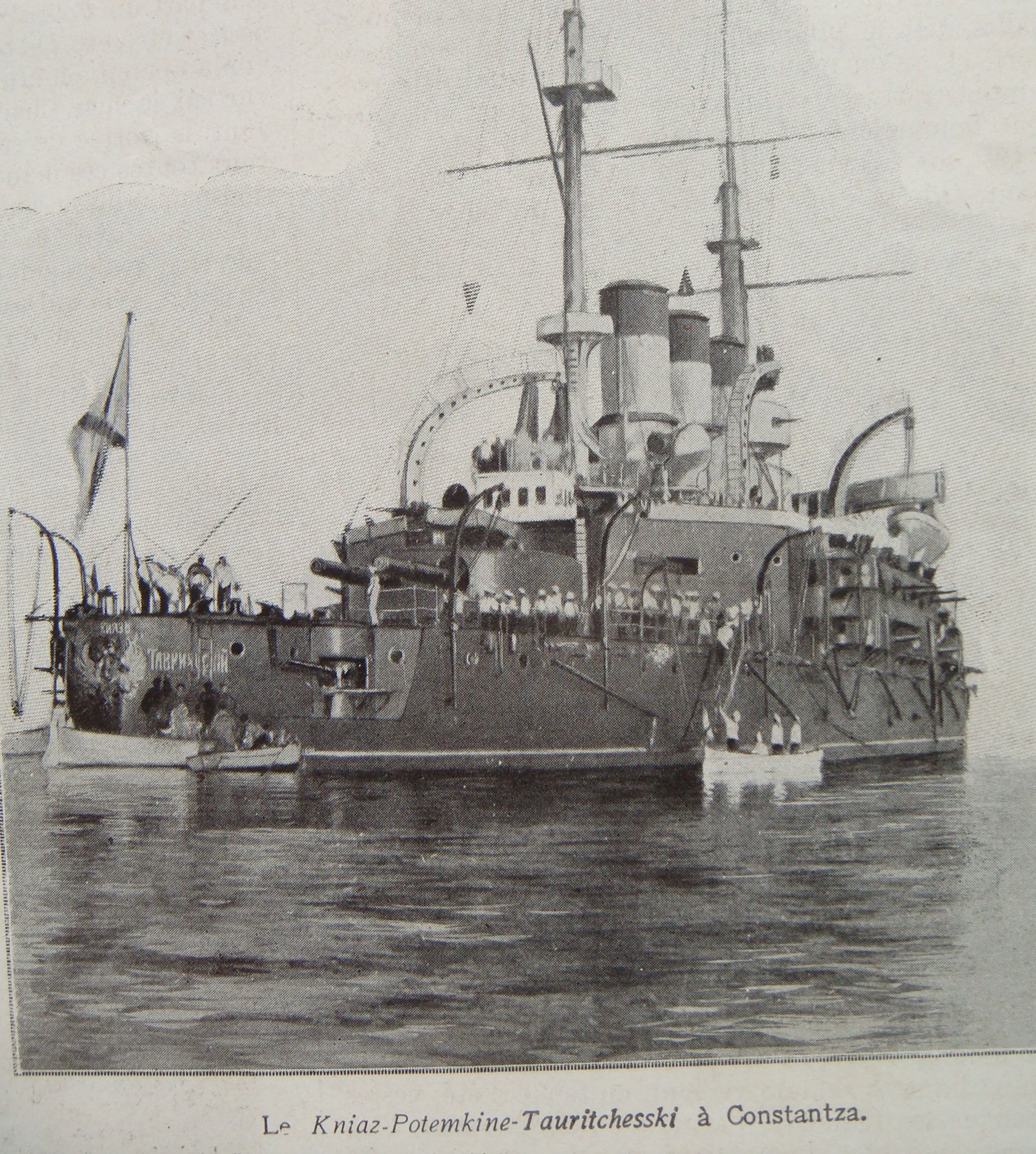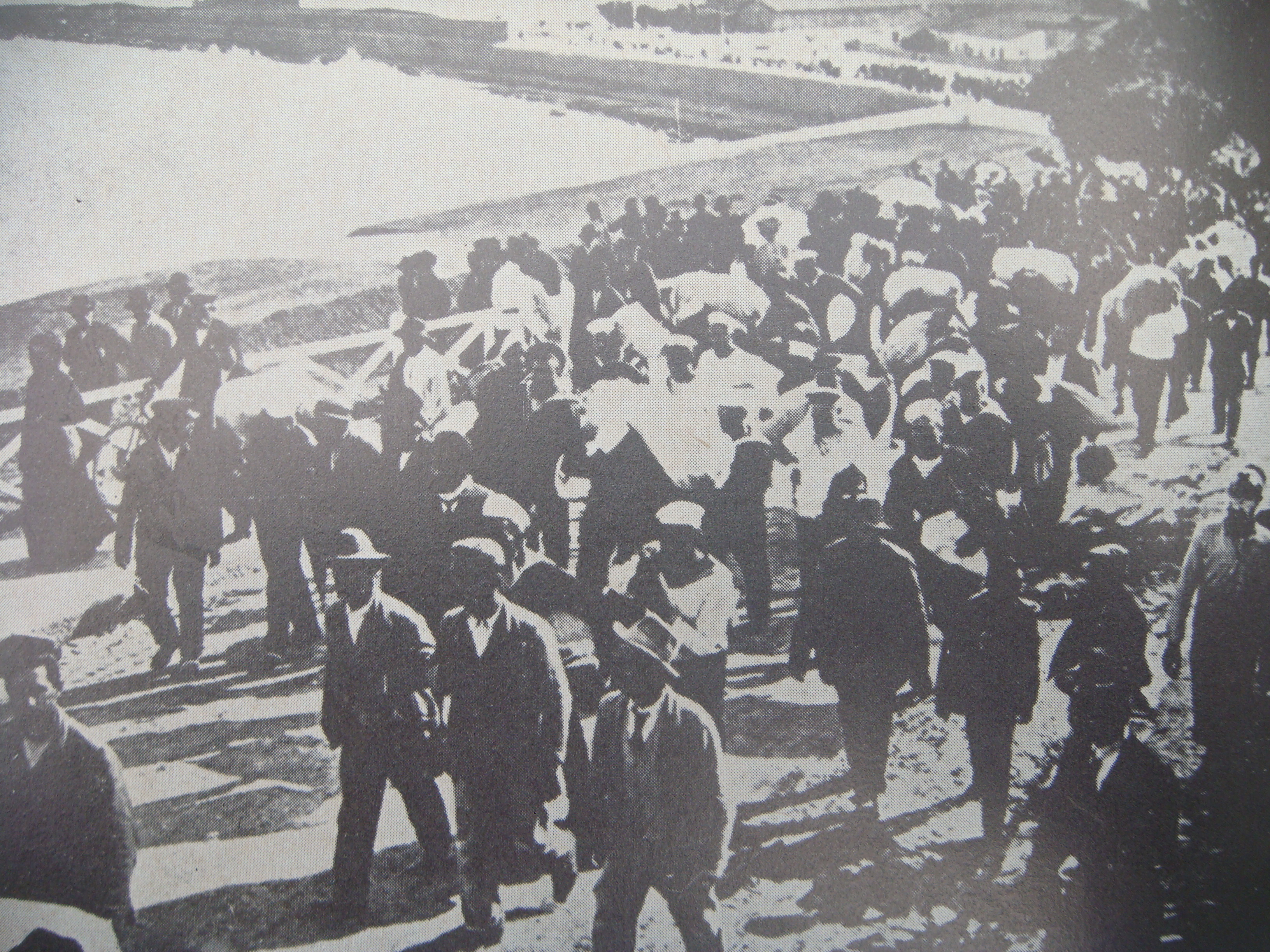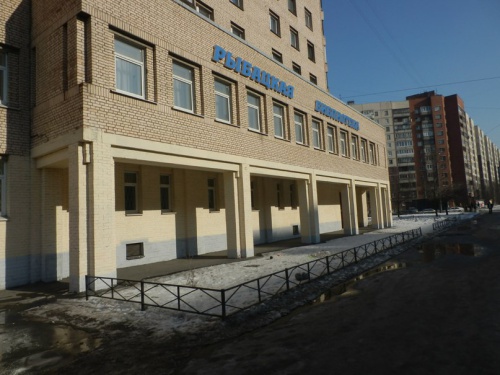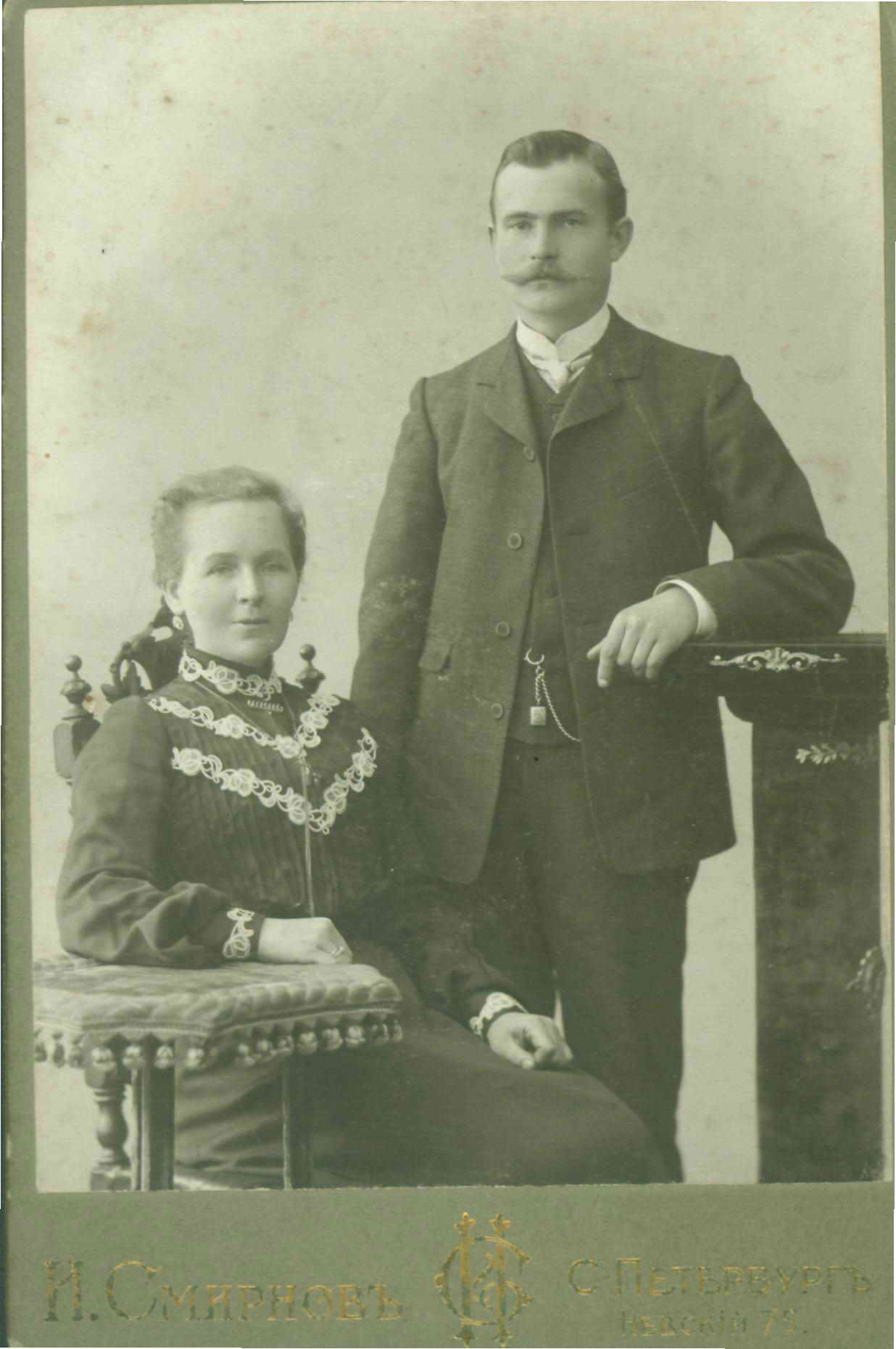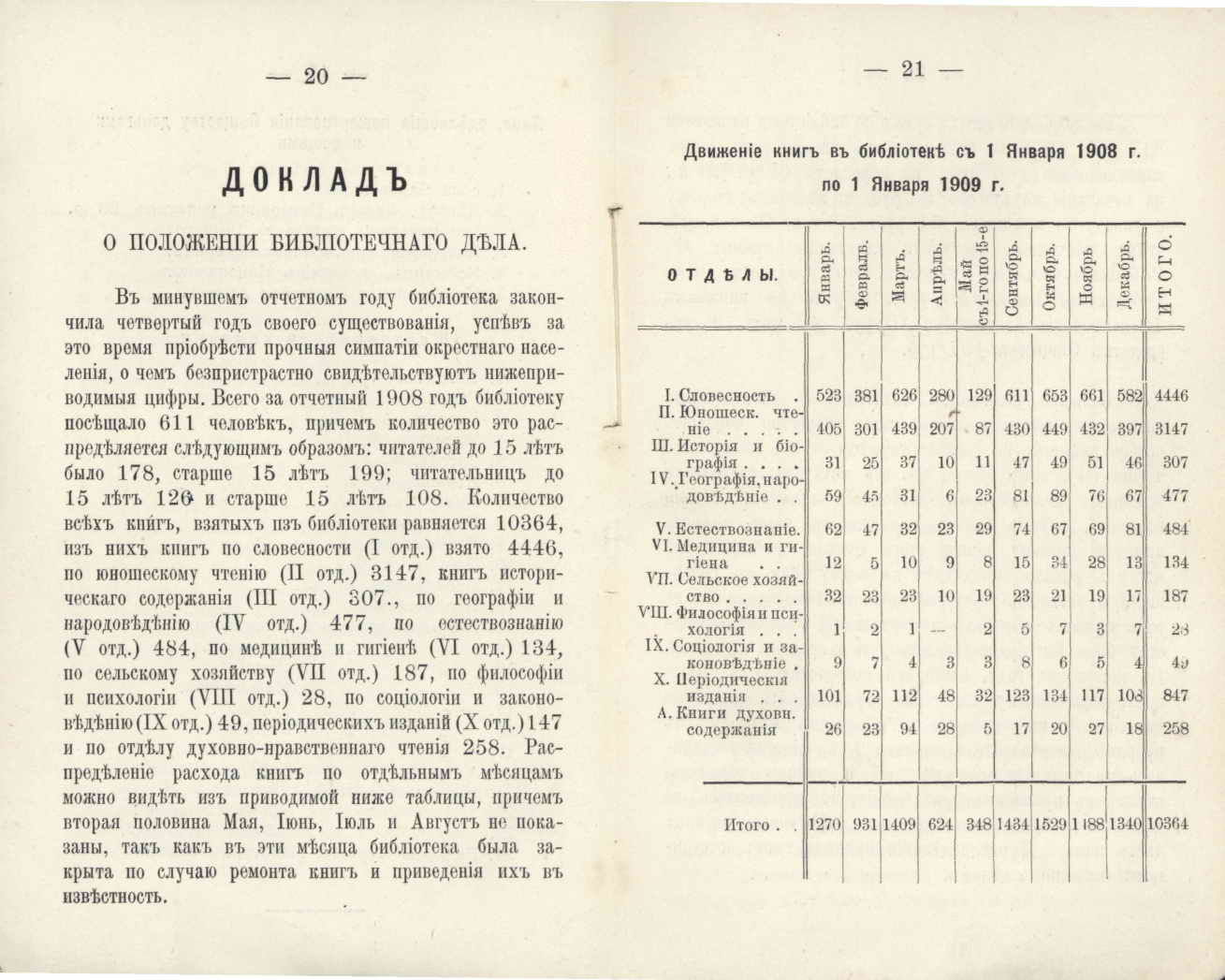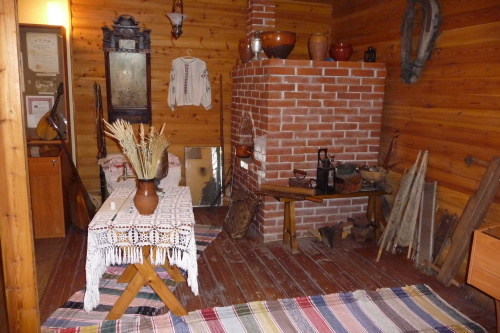This article is a supplement to:
https://www.alternatehistory.com/discussion/showthread.php?t=277441
It is well known that tsarist Russia was a police state where tyranny reigned, and the lower strata of the population - workers and peasants - were living in extreme poverty, vegetating in poverty and illiteracy. This explains the inevitability of the February Revolution of 1917, followed by a seizure of power by the Bolsheviks.
So was it really?
It will be published several articles showing the history of Russia of the early 20th century, from an unexpected quarter. I am far from being able to generalize given the facts, which are designed for the entire population of Russia, but if you are constantly published photographs depicting some ragged, with captions: “Farmers Tsarist Russia” it is necessary to show the other side of the coin.
Let's start with the famous in Russian history "Obukhov defense," the cornerstone of the former Soviet propaganda, which tells how desperate workers seized factory and defended him from the king's troops, who were able to ruthlessly suppress the speech of unarmed workers, who were then sent to hard labor.
Obukhov defense in 1901.
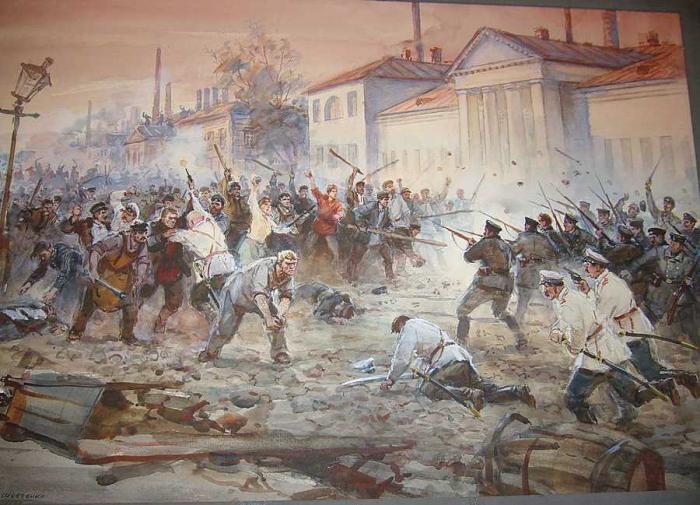
Obukhov steel plant (OSZ) was one of the largest engineering companies in Russia. Founded in 1863, scientists metallurgist P. N. Obukhov and N. I. Putilov, as a private, the plant was purchased in 1885 by the Treasury. In this case, however, the factory continued to work on a commercial basis, that is, there was the means received for manufactured products, allowing the plant management to exercise reasonable initiative in addressing expansion.
In the beginning of the 20th century, the factory employed over three thousand workers, whose positions can be considered an enviable compared with the workers of many other industries. At the end of the 19th century work of OSZ s have been translated from time payment for piecework, work time is reduced from 11.5 to 10 hours, holidays until 8:00. On average Obukhov factory workers earn 0,25 to 0,60 rubles per hour. In the month from 30 to 60 rubles (the average salary of an official of low rank was 40 rubles per month).
The plant management has paid sufficient attention to the improvement of the workers, in addition to the industrial buildings at the plant were public and cultural institutions and organizations:
1. The stone church of St. Paul (1826).
2. School with a 3-year training course for 190 people.
3. School for the children of working with evening classes for adults and Sunday readings. The lack of places to study the children of workers forced the Board OSZ build a new school building in 1914-1916. (Now the school number 338).
4. Library technicians and employees of the plant and a reading room for the workers.
5. Organized by the choir and orchestra, and for working performances and concerts were held in the winter - skiing with slides and an ice rink in the summer garden in the factory on Sundays playing music.
6. For the newly created "Society of the consumers at the Obukhov steel plant" erected a stone building (1901-1902).
7. A bathhouse OSZ s up to 600 people (1902).
8. To ensure workers was created savings and savings bank.
9. There was a hospital outpatient department with 120 beds: 36 beds in the general ward and 6 - in the individual (1897), which could be treated not only to the workers themselves, but also their wives, children and parents. In addition, there was a maternity hospital on 7 beds.
In addition, the administration of the factory bought the land on which the houses were built for the workers.
However, everything has its downside.
Broke out in the early 1900s., the economic crisis has forced the administration to reduce the factory piecework wages and salaries, and this was one of the reasons for the strike, called Obukhov defense. Its main reason was the dismissal of 26 workers OSZ refused work May 1, 1901, and took part in the demonstration.
May 7, workers stopped work and demanded that the head of the plant back laid-off workers, increase wages, set an 8- hour working day, dismiss assistant chief of the plant A. Ivanov, who abuse workers and restore the old rates for work performed. Head of the plant G. Vlasov, going to workers, has announced that he has no right to perform all their requirements without the consent of the Navy Department, and went to his superiors. That was his big mistake, because, according to the workers, he enjoyed great prestige among them.
His assistant A. Ivanov threats and shouts only tempers, than the anticipated actions of the senior officer of battleship "Potemkin" Giljarovsky, which in 1905 brought the sailors to revolt. Mass of workers marched to the entrance of the plant. Security guards and tried to stop them, but one of the workers pulled out a knife and inflicted multiple stab wounds to one of the guards. A crowd of workmen found herself on Shlisselburgsky tract (later renamed Avenue Obukhov Defense), where the lowered barriers, blocking the passage of trams and horse-drawn carriages. Caused by policemen fired several volleys of muskets, the course went whips. The workers fought back with stones.
But the main culprit of the bloodshed was caused by A. Ivanov detachment of sailors, who had no experience in crowd control and gave a few volleys of live ammunition. During the clashes killed seven workers, one child (12-year-old Nick Evdokimov) and several bystanders.
To support Obukhov tried to break the workers from other factories Narva Gate, but were stopped by troops. Police arrested nearly a thousand workers, most of which was soon released, and 120 have been charged. The order of the plant was restored in the evening. For participation in the strike 27 people were convicted, 10 acquitted.
The riots at the Obukhov factory caused shock among his superiors, who knows enough about the satisfactory financial position of the workers.
Head of the plant G. Vlasiev allow workers to elect a permanent authorized to negotiate with the administration of the plant. Rapidly meetings were held in workshops where commissioners were chosen - those 29 people were selected. May 14 commissioners came to the head of the plant. "Of the 14 workers' demands were met 8 - increase in costs, the abolition of overtime (free) works, the employment of laid-off , free insurance and a reduction in the working day by half an hour."
Obukhov defense has taken a prominent place in the history of the Russian revolutionary, and not surprisingly, it has not been deprived of the watchful influence of journalists.
How could inflame the imagination of the authors of articles published Obukhov defense of the Soviet press. The number of laid-off workers up to a several thousand!
Interesting articles about Obukhov defense and participate in the famous while working and a poet Nicolae Tchirkov-Rybatskiy.
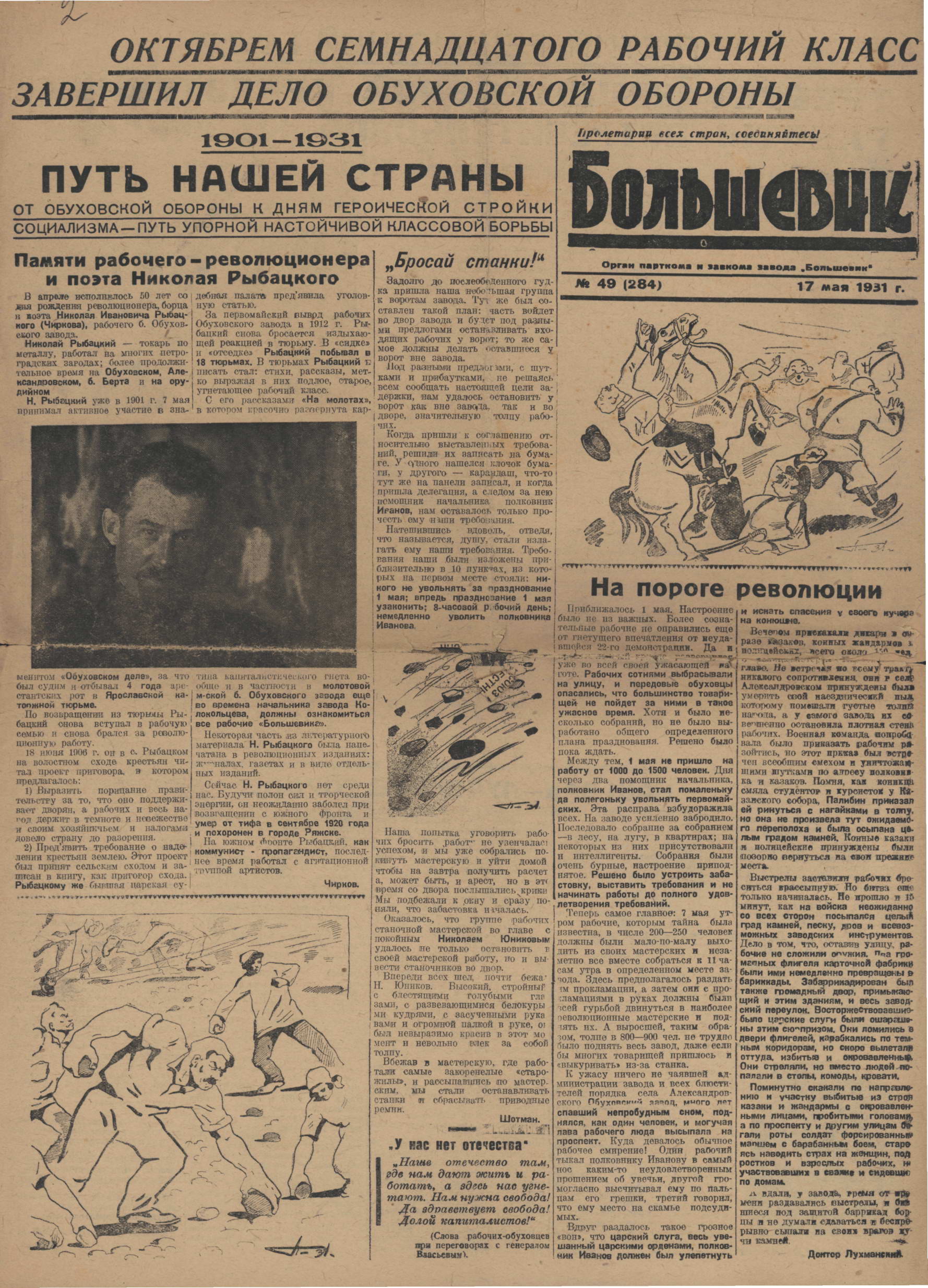
This curious line about hating the poet to work in the factory and the factory itself, as well as its amnesty "because of the birth of Nicholas the Bloody degenerate-heir." What to do - journalism is called "the second oldest profession."
However, it can be stated that the strike of the workers, despite the victim was a complete success, that debunks the fantasy of police brutality in Tsarist Russia, as well as the idea that the existing problems can be solved only by revolution.
https://www.alternatehistory.com/discussion/showthread.php?t=277441
It is well known that tsarist Russia was a police state where tyranny reigned, and the lower strata of the population - workers and peasants - were living in extreme poverty, vegetating in poverty and illiteracy. This explains the inevitability of the February Revolution of 1917, followed by a seizure of power by the Bolsheviks.
So was it really?
It will be published several articles showing the history of Russia of the early 20th century, from an unexpected quarter. I am far from being able to generalize given the facts, which are designed for the entire population of Russia, but if you are constantly published photographs depicting some ragged, with captions: “Farmers Tsarist Russia” it is necessary to show the other side of the coin.
Let's start with the famous in Russian history "Obukhov defense," the cornerstone of the former Soviet propaganda, which tells how desperate workers seized factory and defended him from the king's troops, who were able to ruthlessly suppress the speech of unarmed workers, who were then sent to hard labor.
Obukhov defense in 1901.

Obukhov steel plant (OSZ) was one of the largest engineering companies in Russia. Founded in 1863, scientists metallurgist P. N. Obukhov and N. I. Putilov, as a private, the plant was purchased in 1885 by the Treasury. In this case, however, the factory continued to work on a commercial basis, that is, there was the means received for manufactured products, allowing the plant management to exercise reasonable initiative in addressing expansion.
In the beginning of the 20th century, the factory employed over three thousand workers, whose positions can be considered an enviable compared with the workers of many other industries. At the end of the 19th century work of OSZ s have been translated from time payment for piecework, work time is reduced from 11.5 to 10 hours, holidays until 8:00. On average Obukhov factory workers earn 0,25 to 0,60 rubles per hour. In the month from 30 to 60 rubles (the average salary of an official of low rank was 40 rubles per month).
The plant management has paid sufficient attention to the improvement of the workers, in addition to the industrial buildings at the plant were public and cultural institutions and organizations:
1. The stone church of St. Paul (1826).
2. School with a 3-year training course for 190 people.
3. School for the children of working with evening classes for adults and Sunday readings. The lack of places to study the children of workers forced the Board OSZ build a new school building in 1914-1916. (Now the school number 338).
4. Library technicians and employees of the plant and a reading room for the workers.
5. Organized by the choir and orchestra, and for working performances and concerts were held in the winter - skiing with slides and an ice rink in the summer garden in the factory on Sundays playing music.
6. For the newly created "Society of the consumers at the Obukhov steel plant" erected a stone building (1901-1902).
7. A bathhouse OSZ s up to 600 people (1902).
8. To ensure workers was created savings and savings bank.
9. There was a hospital outpatient department with 120 beds: 36 beds in the general ward and 6 - in the individual (1897), which could be treated not only to the workers themselves, but also their wives, children and parents. In addition, there was a maternity hospital on 7 beds.
In addition, the administration of the factory bought the land on which the houses were built for the workers.
However, everything has its downside.
Broke out in the early 1900s., the economic crisis has forced the administration to reduce the factory piecework wages and salaries, and this was one of the reasons for the strike, called Obukhov defense. Its main reason was the dismissal of 26 workers OSZ refused work May 1, 1901, and took part in the demonstration.
May 7, workers stopped work and demanded that the head of the plant back laid-off workers, increase wages, set an 8- hour working day, dismiss assistant chief of the plant A. Ivanov, who abuse workers and restore the old rates for work performed. Head of the plant G. Vlasov, going to workers, has announced that he has no right to perform all their requirements without the consent of the Navy Department, and went to his superiors. That was his big mistake, because, according to the workers, he enjoyed great prestige among them.
His assistant A. Ivanov threats and shouts only tempers, than the anticipated actions of the senior officer of battleship "Potemkin" Giljarovsky, which in 1905 brought the sailors to revolt. Mass of workers marched to the entrance of the plant. Security guards and tried to stop them, but one of the workers pulled out a knife and inflicted multiple stab wounds to one of the guards. A crowd of workmen found herself on Shlisselburgsky tract (later renamed Avenue Obukhov Defense), where the lowered barriers, blocking the passage of trams and horse-drawn carriages. Caused by policemen fired several volleys of muskets, the course went whips. The workers fought back with stones.
But the main culprit of the bloodshed was caused by A. Ivanov detachment of sailors, who had no experience in crowd control and gave a few volleys of live ammunition. During the clashes killed seven workers, one child (12-year-old Nick Evdokimov) and several bystanders.
To support Obukhov tried to break the workers from other factories Narva Gate, but were stopped by troops. Police arrested nearly a thousand workers, most of which was soon released, and 120 have been charged. The order of the plant was restored in the evening. For participation in the strike 27 people were convicted, 10 acquitted.
The riots at the Obukhov factory caused shock among his superiors, who knows enough about the satisfactory financial position of the workers.
Head of the plant G. Vlasiev allow workers to elect a permanent authorized to negotiate with the administration of the plant. Rapidly meetings were held in workshops where commissioners were chosen - those 29 people were selected. May 14 commissioners came to the head of the plant. "Of the 14 workers' demands were met 8 - increase in costs, the abolition of overtime (free) works, the employment of laid-off , free insurance and a reduction in the working day by half an hour."
Obukhov defense has taken a prominent place in the history of the Russian revolutionary, and not surprisingly, it has not been deprived of the watchful influence of journalists.
How could inflame the imagination of the authors of articles published Obukhov defense of the Soviet press. The number of laid-off workers up to a several thousand!
Interesting articles about Obukhov defense and participate in the famous while working and a poet Nicolae Tchirkov-Rybatskiy.

This curious line about hating the poet to work in the factory and the factory itself, as well as its amnesty "because of the birth of Nicholas the Bloody degenerate-heir." What to do - journalism is called "the second oldest profession."
However, it can be stated that the strike of the workers, despite the victim was a complete success, that debunks the fantasy of police brutality in Tsarist Russia, as well as the idea that the existing problems can be solved only by revolution.
